How to fix a flooded engine? As the weather gets warmer, people are taking their cars out of hibernation and hitting the road. But before you can enjoy a summer of cruising, you may have to deal with one last obstacle: a flooded engine. Don’t panic! There are some simple steps you can take to fix a flooded engine and get back on the road. Keep reading for tips on how to fix a flooded engine, change the oil, and more.
How To Fix a Flooded Engine
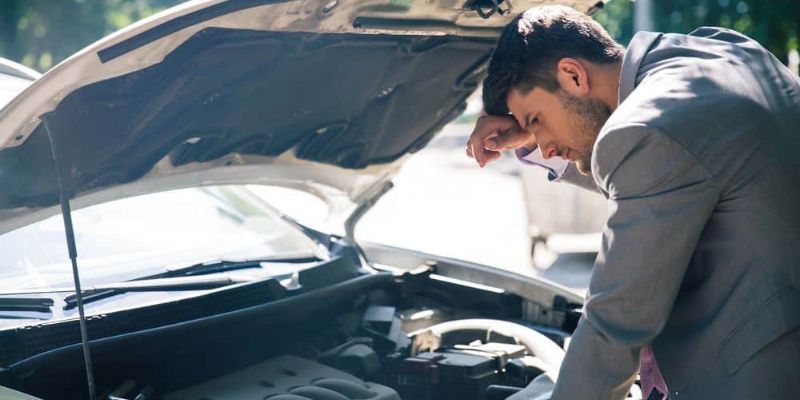
In most cases, the best thing to do is call a tow truck to take your car to a mechanic. But if you’re feeling brave and have some knowledge about cars, you may be able to save your engine by following some simple steps. Be sure to remove the spark plugs and dry them off, then start the engine and let it run for a few minutes. If it’s still not running right, you may need to take it in for repairs.
How To Determine If The Engine Is Damaged?
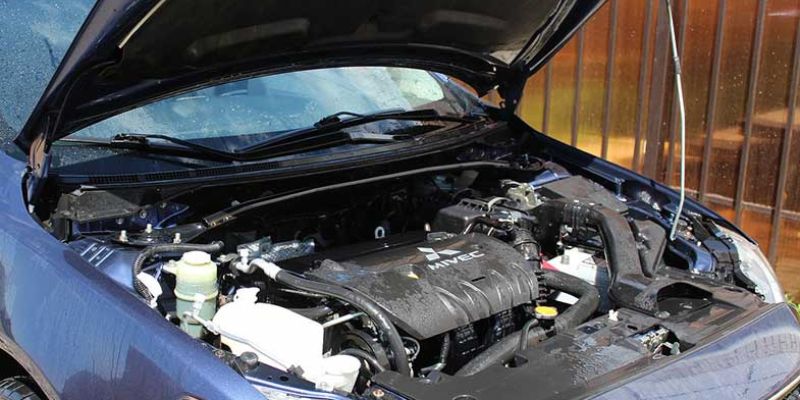
The most common way to determine engine health is by its sound. Other ways include checking the oil, coolant, and other fluid levels. There are also various warning signs that will indicate a problem with the engine.
If the engine is making strange noises, this is a sign that something is wrong. The noise could be a knocking sound, which indicates that the equipment isn’t working correctly. It could also be a hissing noise, which means there is a leak in the cooling system. If the engine is idling rough, this could be a sign of a spark plug problem.
If the engine oil level is low, this means that the engine isn’t getting enough lubrication. This can cause serious damage to the engine over time. If the coolant level is low, it could mean there is a leak in the cooling system. If any of these fluids are dirty or burning, it’s also an indication that there’s a problem with the engine.
There are also various warning lights on the dash that will come on if there’s a problem with the engine. The check engine light is the most common, and it usually indicates a sensor problem. The oil pressure light will come on if the engine isn’t getting enough oil pressure. If the temperature gauge is reading higher than normal, it could mean the engine is overheating.
If you notice any of these problems, it’s important to take the car to a mechanic right away. They can diagnose the problem and make sure it’s fixed before it causes any more damage.
How To Dry Out The Engine And Prevent Rust?
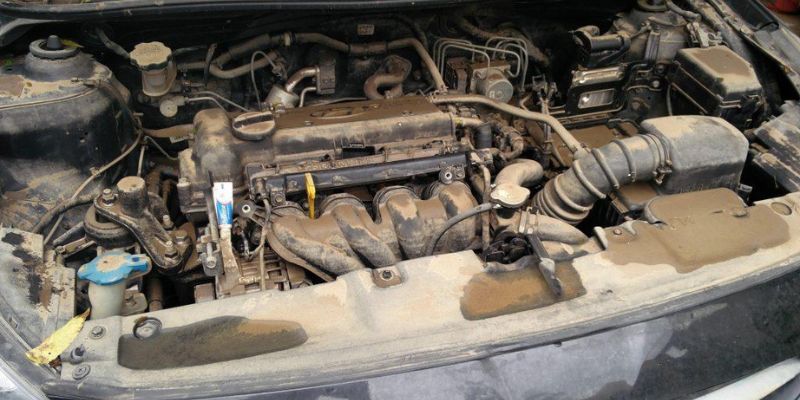
One way to do this is by drying out the engine after use. You can do this by using a compressor, heat equipment, or hair dryer. You should also keep the engine clean and free of debris and moisture. You can use a variety of products to protect your engine from rust, such as Rust-Oleum, POR-15, or WD-40. You should also check the engine regularly for signs of rust and take action to remove it if necessary.
Steps For Cleaning And Repairing The Engine
This is a necessary process if you want your car to run smoothly and last for a long time. Follow these simple steps to get the job done right!
- Open the hood of your car and locate the engine.
- Using a garden hose, spray down the engine to remove any dirt or grime that has built up on it.
- Once the engine is wet, use a scrub brush to clean it thoroughly.
- Rinse the engine off with the hose and then dry it with a clean cloth.
- Inspect the engine for any cracks or leaks. If you find any, seal them up with epoxy or another type of sealant.
- Check all of the hoses and cables that are attached to the engine. Make sure they are tight and in good condition.
- Replace any parts that are worn out or broken.
- Finally, start the engine and let it run for a few minutes to make sure everything is working properly.
Follow these steps and you’ll have a clean and well-running engine in no time!
Tips For Preventing Future Engine Flooding
Engine flooding can occur when too much fuel is delivered to the engine, causing the cylinders to “flood” with gasoline. This can happen due to a number of reasons, including a faulty fuel injector, a clogged fuel filter, or simply overfilling the gas tank. If your engine does leak, it is important to act quickly in order to avoid damaging the engine.
The first step is to turn off the ignition and allow the engine to cool down. Once it has cooled, you will need to remove any spark plugs that are wet with gasoline. Next, use a rag or paper towel to clean up any gasoline that has leaked into the engine bay. Finally, check all of your hoses and connections to make sure that there are no leaks.
Frequently Asked Questions
Que 1: A Flooded Engine Is Ruined, Right?
Ans 1: Electronics, lubricants, and mechanical systems can be damaged by water. It may take months or years for corrosion to reach vital electronics, such as airbag controllers, in a car. Before buying a used car (or paying a mechanic to do it), consumers need to carefully inspect it.
Que 2: Is It Possible To Save A Flooded Motor?
Ans 2: The auto is probably best suited for the junkyard if it was submerged in saltwater as salt water is corrosive and can ruin its mechanical components and interior. It might be salvageable, however, if it was filled with fresh water.
Also Read: How To Keep Your Black Car Clean: Tips And Tricks
Conclusion
If you take these steps, you should be able to prevent engine flooding in the future. However, if it does occur, it is important to act quickly and take the necessary steps to avoid damaging your engine. With a little bit of knowledge and preparation, you can keep your car running smoothly for years to come!

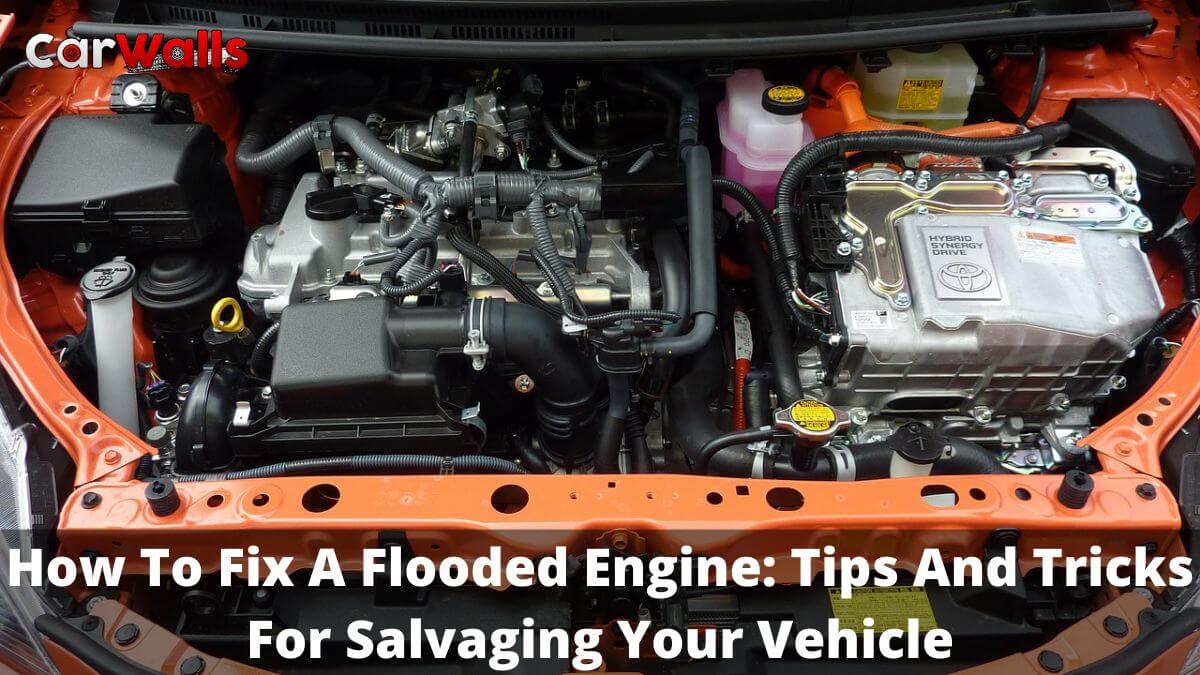
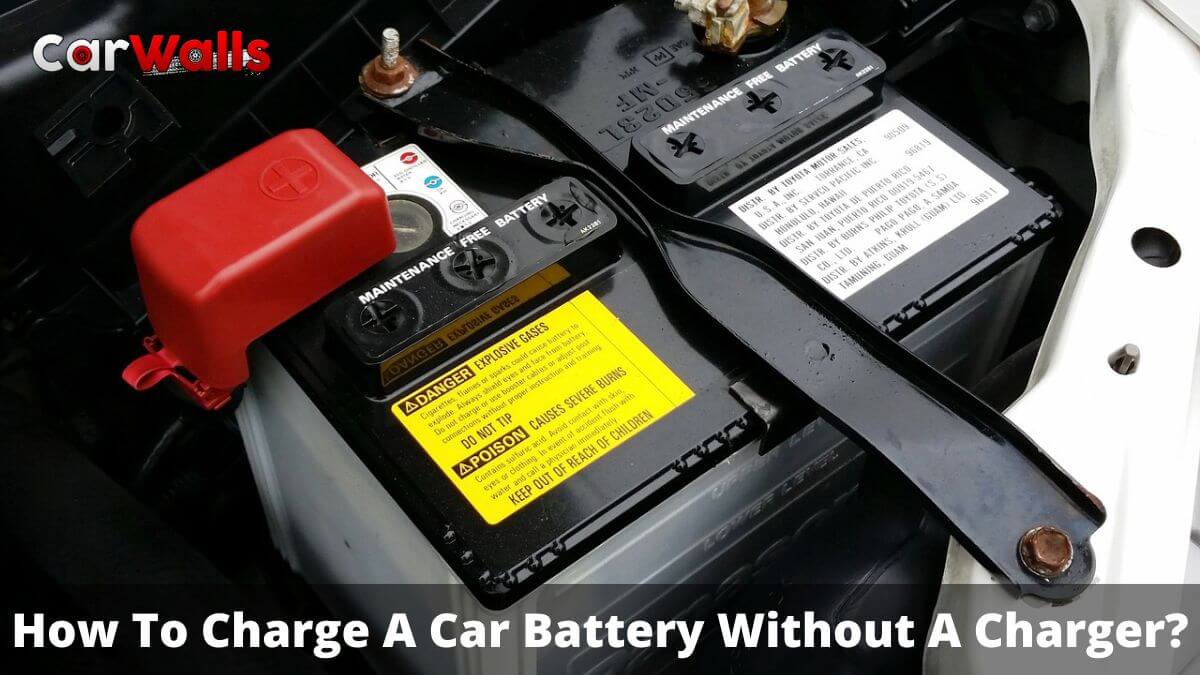
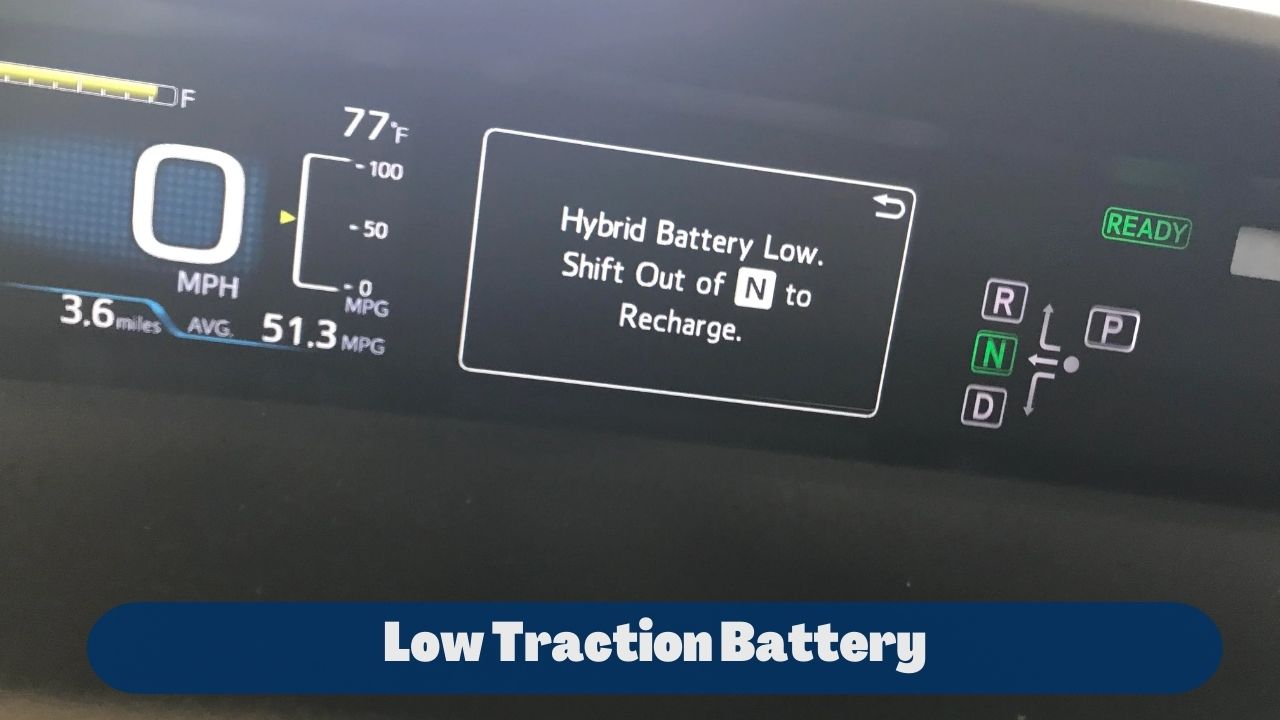
![Which Engine Component Stores Oil For Lubrication? [Explained In Detail] Which Engine Component Stores Oil For Lubrication?](https://carwalls.org/wp-content/uploads/2023/10/Untitled-design-2-4-218x150.jpg)


